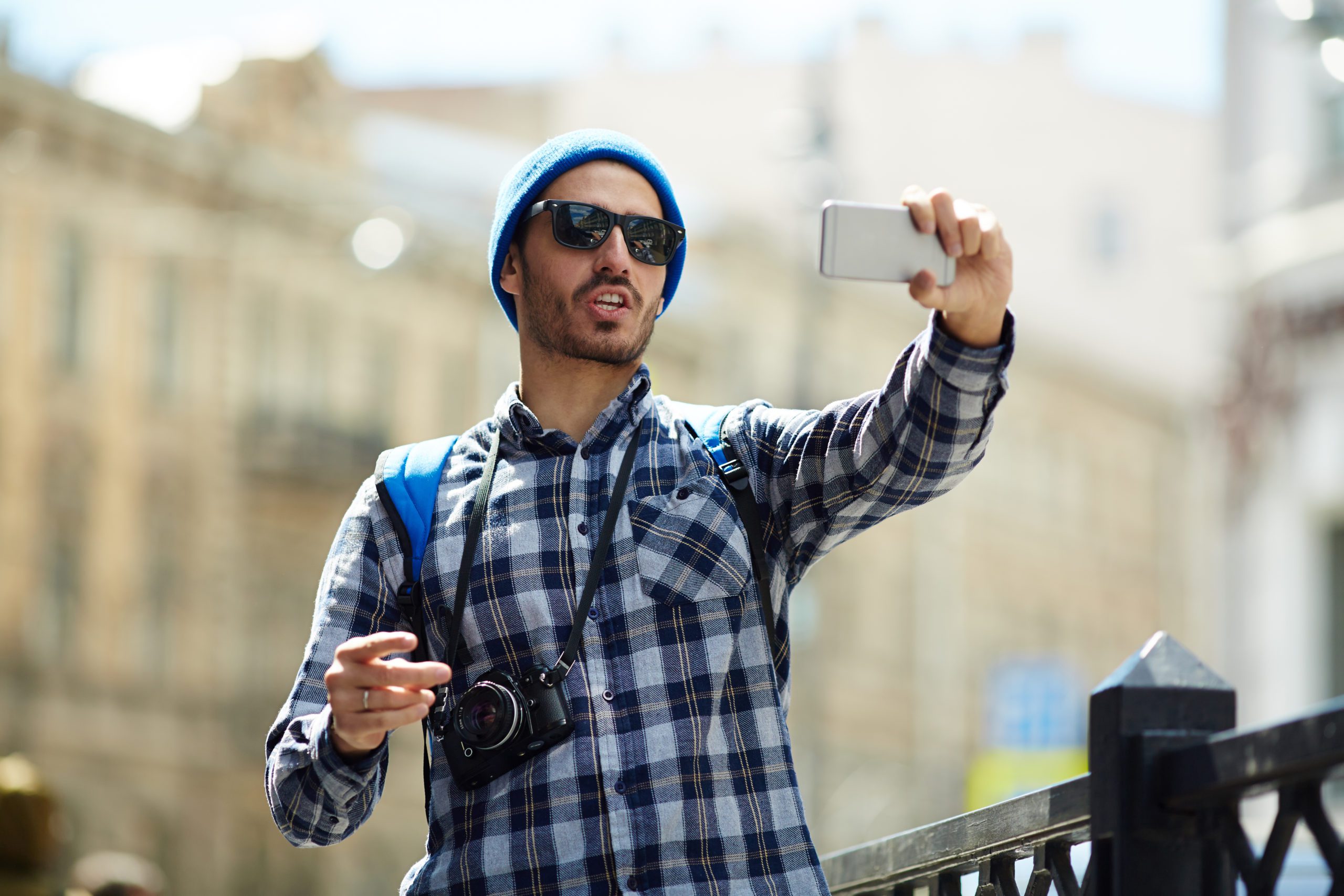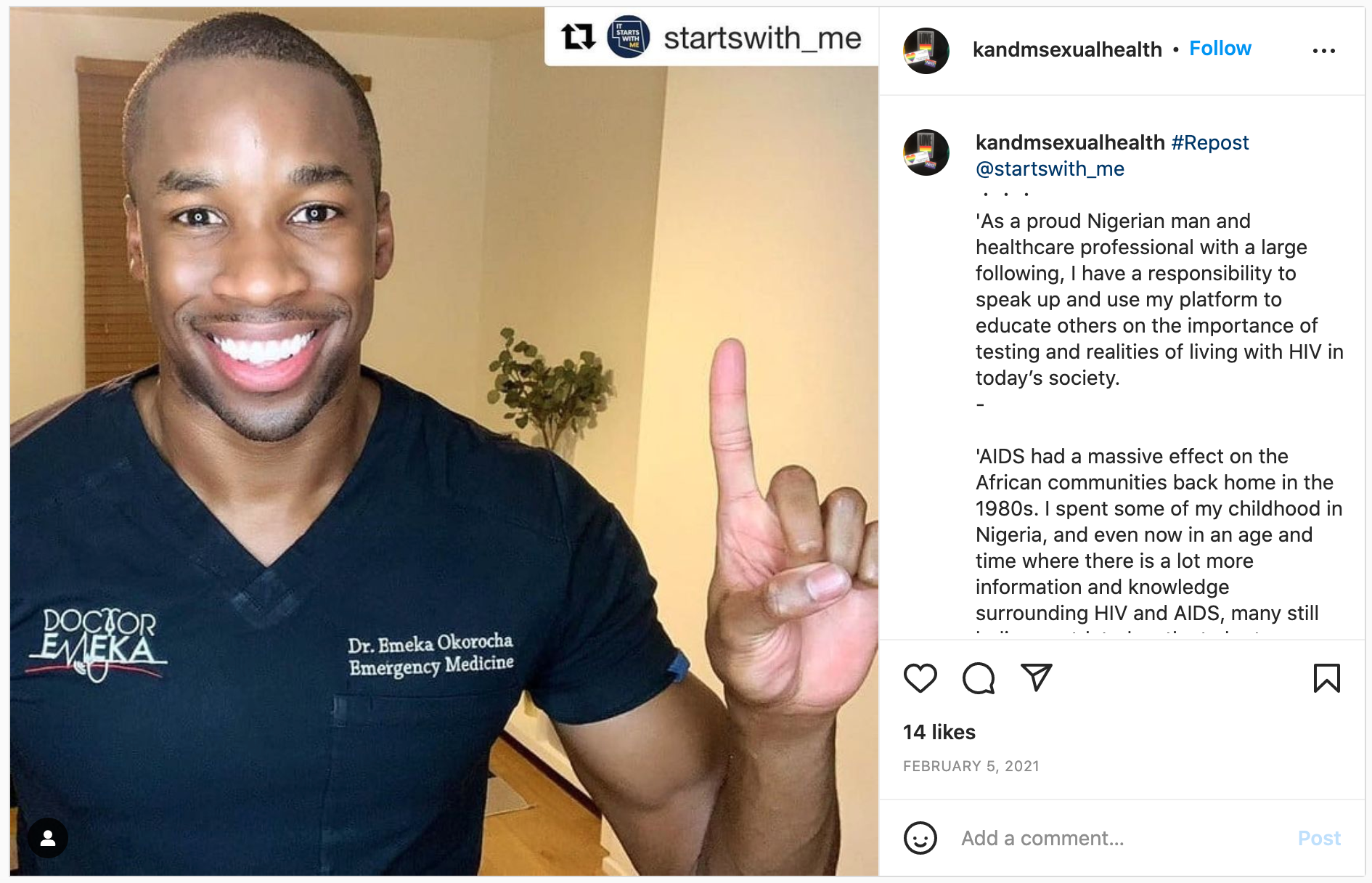5 charities winning with user generated content
User generated content (UGC) bridges the gap between charity and audience. It gives a relatable face to your organisation, has more influence on audience behaviour than traditional marketing, and could save your team time and money. Lots of charities have had success with UGC, so let’s take a look at five of our favourites…
What is user generated content?
Put simply: user generated content is content created by users rather than brand teams.
More often than not it is created proactively by the user, for example if someone donates to your cause, screenshots it and then tweets about it.
Sometimes a brand will prompt audiences and request content for a specific user generated content (UGC) campaign, like Starbucks’ annual #RedCupContest that invites users to post their best photo including a holiday drink for the chance to win a gift card.
The power of UGC
It’s no secret that personal recommendations hold the strongest influence over consumer choices. But even online reviews from strangers are beginning to hold as much power for the younger generation as a recommendation from a friend. A lot of this boils down to a mental heuristic called social proof.
Social proof is, in essence, the idea that if you see a bunch of other people doing something, it’s probably a normal and safe thing to do, and it might even be important to do it.



UGC is (most of the time) an unpaid action taken by a user meaning it’s authentic. It’s a signal that can majorly influence other users’ behaviour. Social proof and UGC are also super powerful in fostering trust, which is always a good thing as the sector continues the fight to rebuild public trust.
Finally, and maybe most importantly if you are a charity content creator or marketer, it saves you time. If you can get a stream of UGC flowing, it lessens the load of content your team has to create.
With all this in mind, let’s dive into five smart uses of UGC by charities.
1. Student created content: Mind’s 27 27 campaign
Take yourself back to university and imagine yourself as a student. There’s a fundraising event that keeps getting advertised on campus but you’re pretty indifferent about going. The only thing that would encourage you to go, as with most activities as a student, is if your mates started to express interest. Even better, if they said they went last year and enjoyed it.
Whilst UGC is powerful amongst all demographics, it can be especially influential with those where social proof is a leading influence – like students.
Back in March 2021, you may have seen the ‘27 27’ campaign from mental health charity Mind. They challenged students to run 27 miles in 27 days, representing the 27% of students who report mental health troubles at university.
Great campaign, right? But what set this particular campaign apart were the student-created comms that encouraged peers to get involved, like this video made by recent graduate Paulina:
These videos not only epitomise powerful messaging but crucially, they use the right messenger – someone representative of the audience Mind is striving to reach.
The impact? Over 10,000 students signed up to the challenge, and the campaign raised £1,072,813. UGC and its ultra-targeted rollout resulted in the first Mind product to hit the £1 million mark; vital funds to support even more struggling students in the future.
The benefits were not just felt by Mind. The student creators (most of whom had experienced mental health problems themselves) said they felt grateful to have been a part of the comms, and that it felt good to give back to the charity and nudge others to do the same. Win-win.
2. ‘Give the finger’: Terrence Higgins Trust and #HIVTestingWeek
You might’ve seen it as you walk past a telephone box, on the tube, or even when stuck behind a bus. The index finger pose represents the finger prick HIV test and is front and centre in Terrence Higgins Trust’s annual #HIVTestingWeek campaign.
This UGC campaign is particularly interesting because of the diversity of those taking part and using their voice (and finger) to encourage others to do the same.
Changemaker and all-round king Greg Owen crops up regularly on the ads, but as a representative of THT, his contributions don’t technically fall under the UGC umbrella.
But you then have TV Doctors getting involved, and queer celebrities like Drag Race UK’s Cheryl Hole. Alongside these influential people, the charity cleverly appeals for its supporters to get stuck in, too.


The call-out to supporters is a great example of how simple asking for UGC can, and should be: ‘During National HIV Testing Week we’re encouraging everyone to give HIV the finger on social media. Share your best finger photos using #HIVTestWeek and tag @thtorguk @startswith_me.’
Here, the success lies in the simplicity and clarity of the request. It’s an easy pose, there’s a hashtag to include, and a charity to tag. Nowadays, if detected early enough, someone living with HIV can lead a normal, healthy life and can’t pass the virus on. Influencing our friends, family, and followers to test is just one way to ensure we’re soon living in a world with no new HIV transmissions.


3. Micro-influencing a trip to the charity shop: British Heart Foundation
Upcycling (the act of improving and giving new life to second-hand items) is all the rage right now, with Vogue going as far as to say it was ‘The Biggest Trend In Fashion’ as of November 2020.
To make the most of this craze, a few years ago British Heart Foundation (BHF) launched #TheBigStitch. The idea was this: take a trip to your local BHF charity shop, pick something out that you can work with, and transform it into something new and exciting. Then, post the before and after image to social media, tag the charity and include the hashtag #TheBigStitch. Like clockwork, stacks of before and afters were flooding onto social timelines.



The charity wins with a tonne of free social media advertising for its shops and a campaign which actively encourages people to make a purchase. But there was something in it for the participants too, who were in with a chance of winning a prize for the best creation. A recurring theme with UGC is the win-win.
In the pilot year of the campaign, BHF enlisted the help of UGC platform Stackla to identify ‘micro-influencers’ who could help get the word out. The platform also helped the charity team to keep track of all the content entries that were coming in.
With charity shop culture on the rise amongst young consumers for a plethora of reasons, a UGC campaign that showcases your charity shop could be a bright idea.
4. Hey, they look like me: Authentic identities on Stonewall’s TikTok
People want to relate to the media they consume. It’s a fact: representation matters, and when marketing is representative, it works.
LGBTQ charity Stonewall’s cause is synonymous with identity. Identity is synonymous with UGC. So it’s no wonder that the charity is working wonders on TikTok with their user generated videos. Like this one, from self-titled ‘Queer Muslim’ Shaz candidly sharing her coming out story:

Hearing queer people’s stories in their own words is miles more powerful than having it told for them, both for those who could be supported by the charity, and those who are in a position to give.
Stonewall’s reliance on UGC for its TikTok account results in an incredibly diverse and rich video feed because, fundamentally, UGC is as varied and diverse as users themselves.
Going all in with UGC on platforms like TikTok–so heavily linked to identity and diverse stories–is an effective way of ensuring your feed is eclectic, representative and always brings something new to the table: something for everyone.
5. A day in the life of a foster dog-mom: Support Dog Peggy
Warning: heartwarming videos ahead.
As well as supporters and service users, UGC can also be content made by your volunteers.
In Sheffield-based charity Support Dogs’ case, Peggy the dog and her volunteer foster mum certainly bring in lots of adorable and engaging content.
Many Support Dogs such as Peggy–who will one day go on to help people with autism, epilepsy, or physical disability get the most out of life–need ‘settling in’ before starting at their rigorous assistance dog training school. Volunteers who foster these dogs are doing vital work to make sure the dogs have enough basic training and are comfortable living with people at home.
Peggy has her own Instagram, where her foster mum posts regular updates. Followers can watch her grow up, and witness her journey from a gorgeous puppy to a smart, well-trained good girl who’s ready to go to school and learn how to detect seizures, empty the washing machine, or provide emotional assistance.


Support Dogs is always on the lookout for foster families, and Peggy’s videos certainly would have me eyeing up the volunteer opportunity if I lived nearer to the charity’s HQ.
Granted, not every volunteer’s day to day will be this adorable. But Peggy and her foster mum prove that encouraging your volunteers to document their experience on social media can help people understand the real role of a volunteer, and the joys it brings.
Takeaway tips for using UGC in your charity
- Soundboard ideas before releasing them into the wild. A UGC campaign needs widespread appeal to work, so make sure your concept is popular with whoever you go to for feedback.
- Ask to be tagged or create a ‘branded hashtag’ which will start to fill up with content that you can use. Even better: do both.
- If the UGC is unsolicited and not part of a campaign but you still want to use it – simply ask for permission to repost. Make sure you give credit!
- You probably won’t be reposting every single piece of UGC, but you can certainly take insight away from each one. Authentic feedback is the best kind of feedback.
Last but not least, consult CharityComms’ tips for important details around using UGC, especially the points around safeguarding and privacy.
